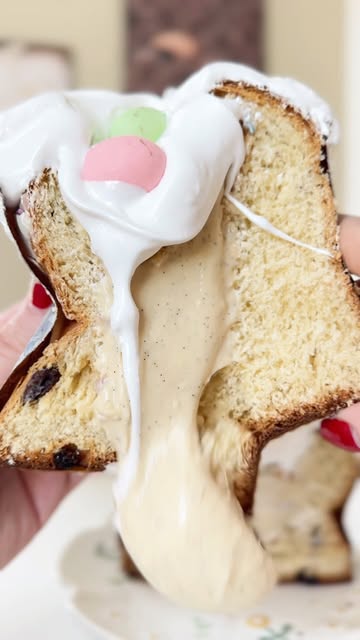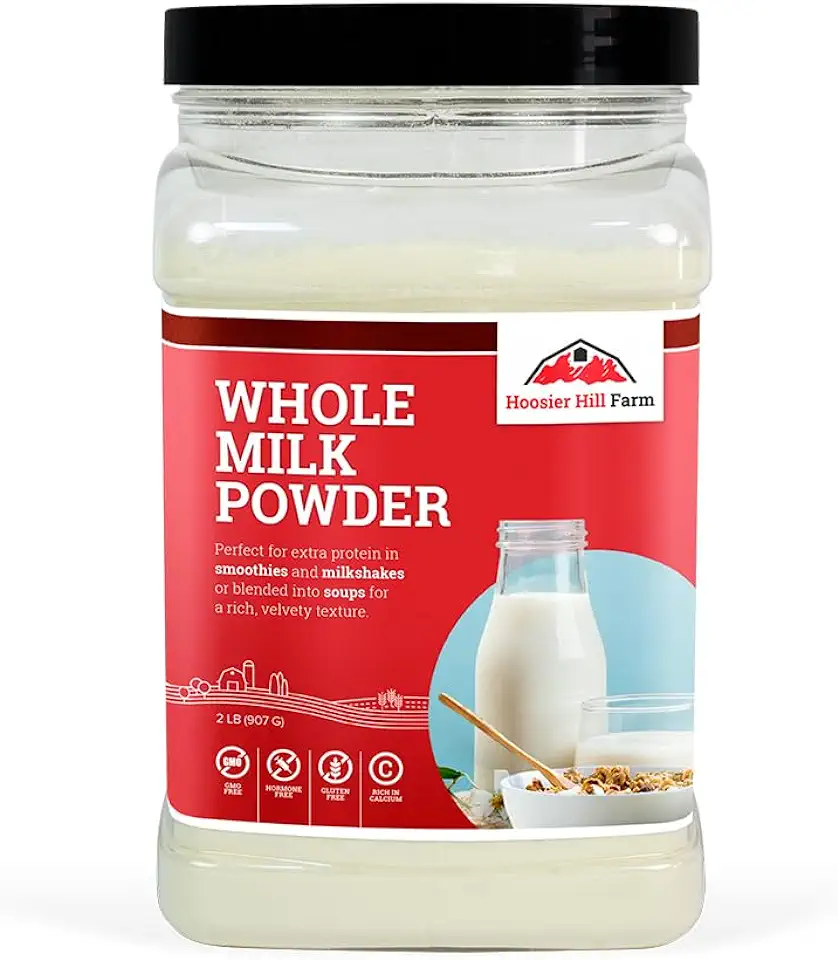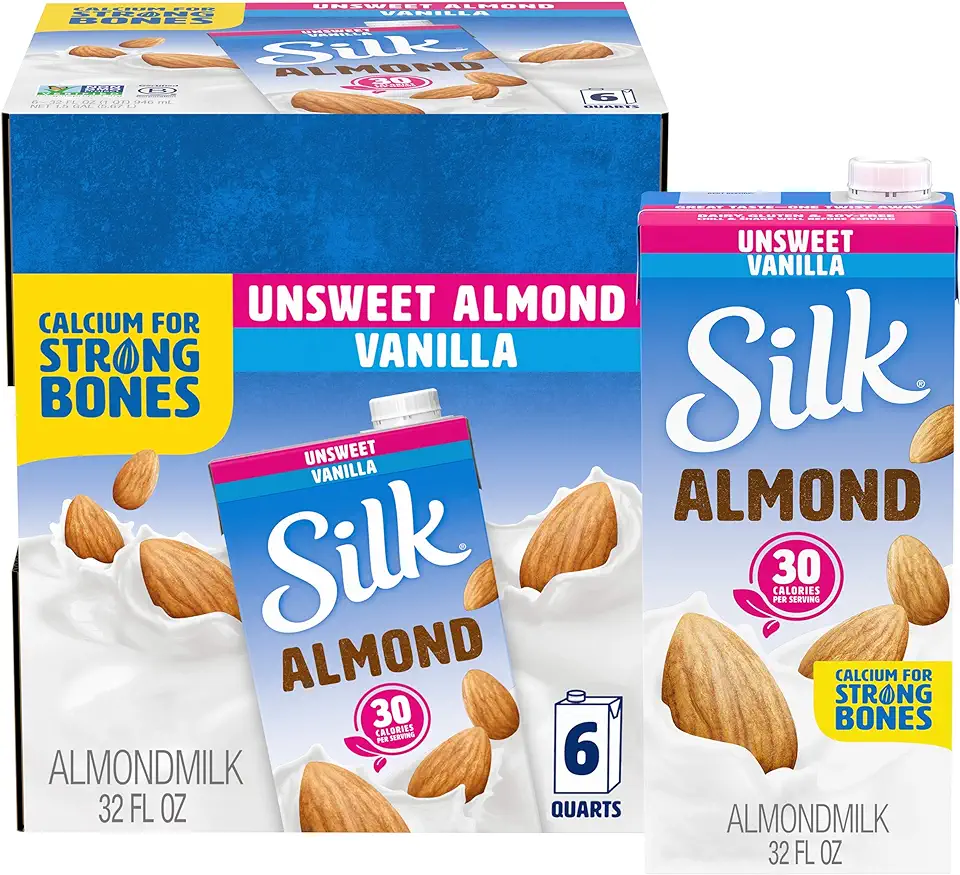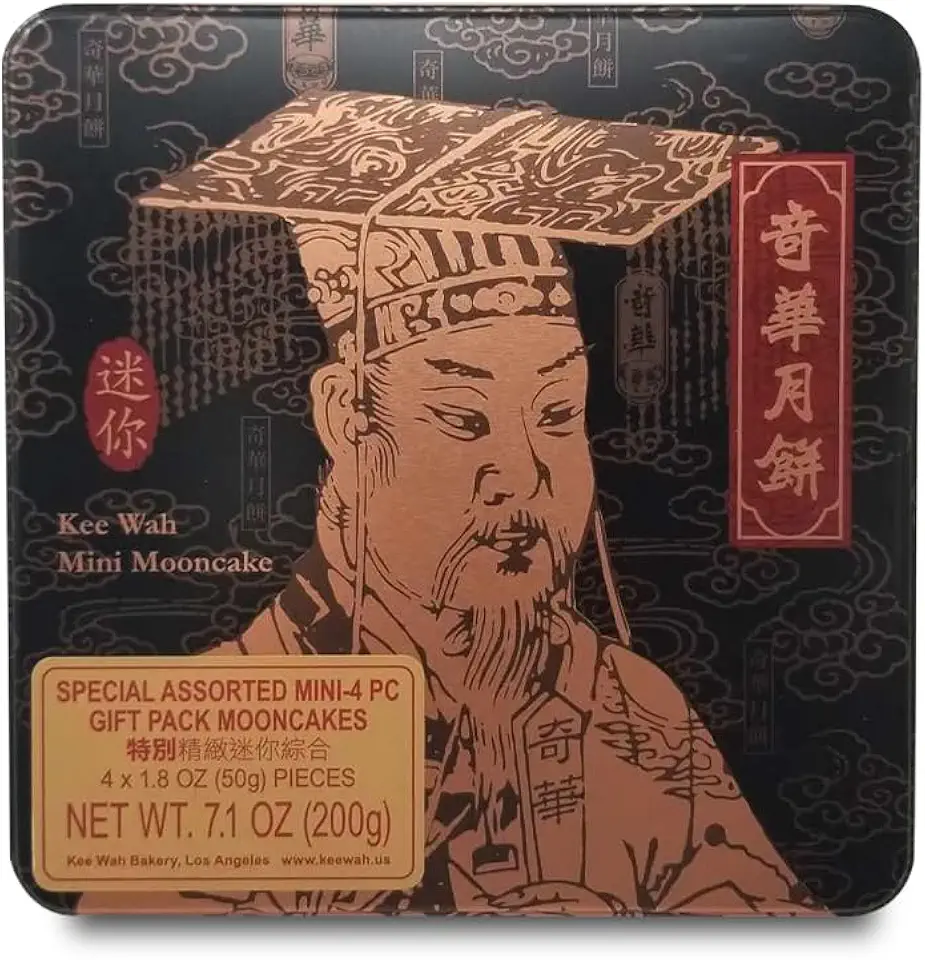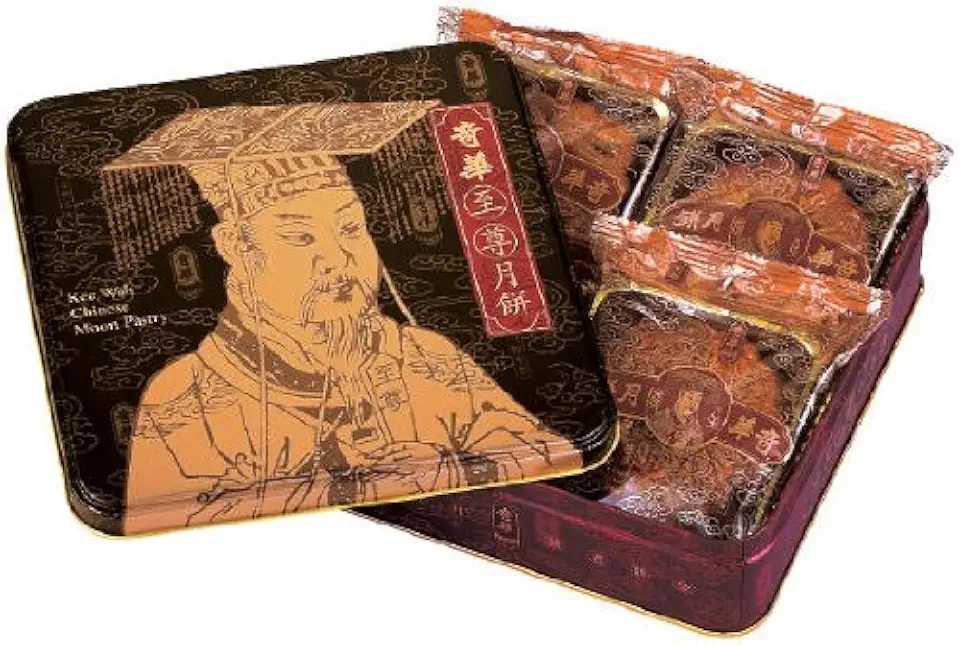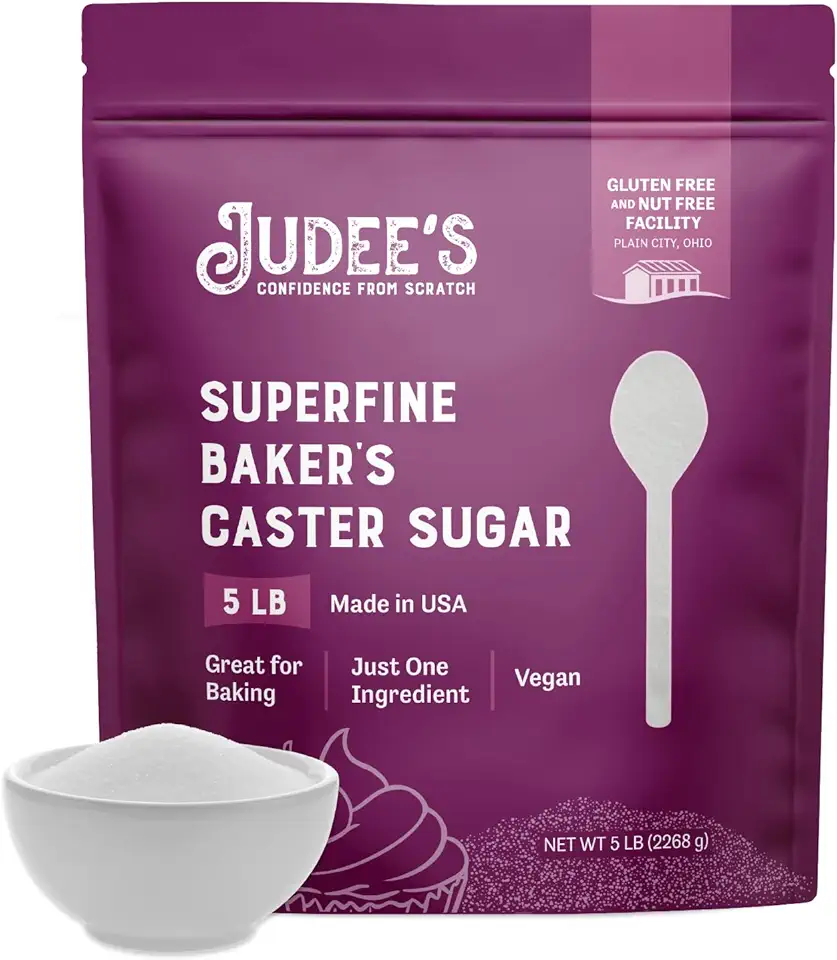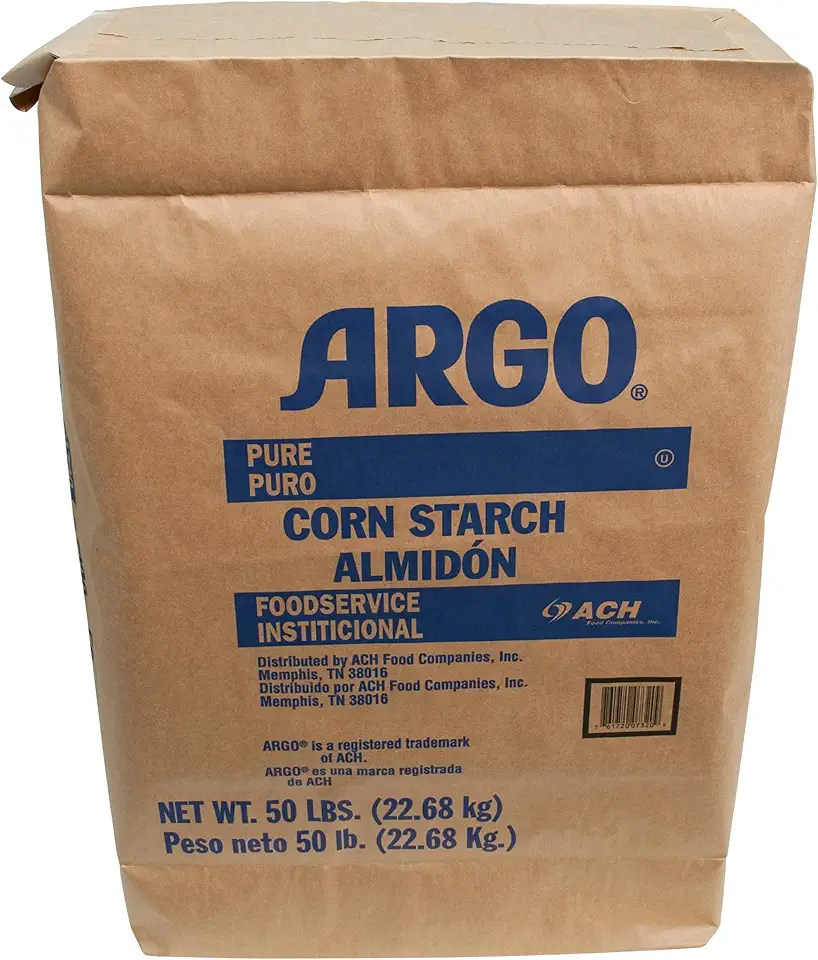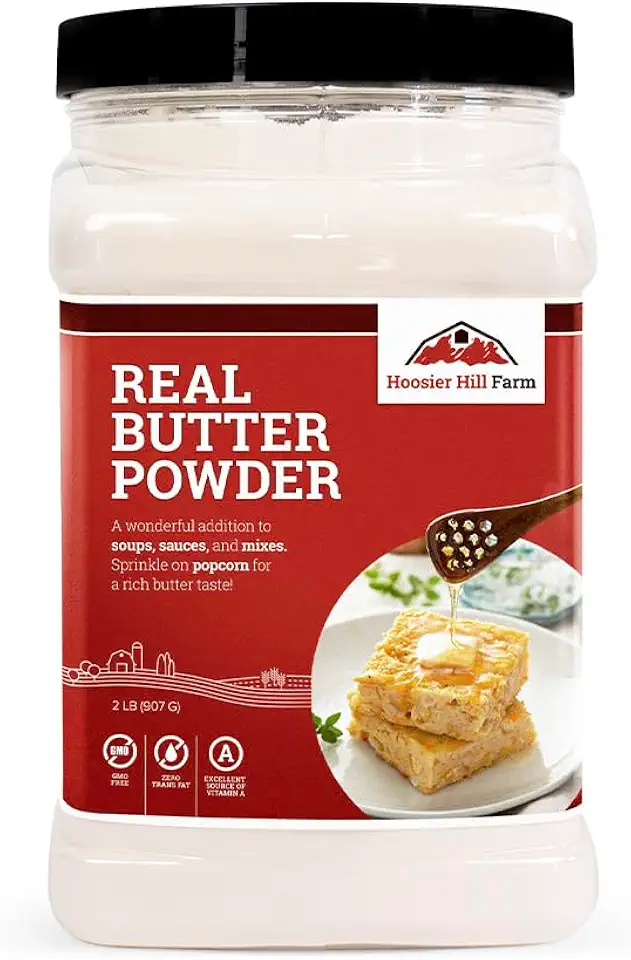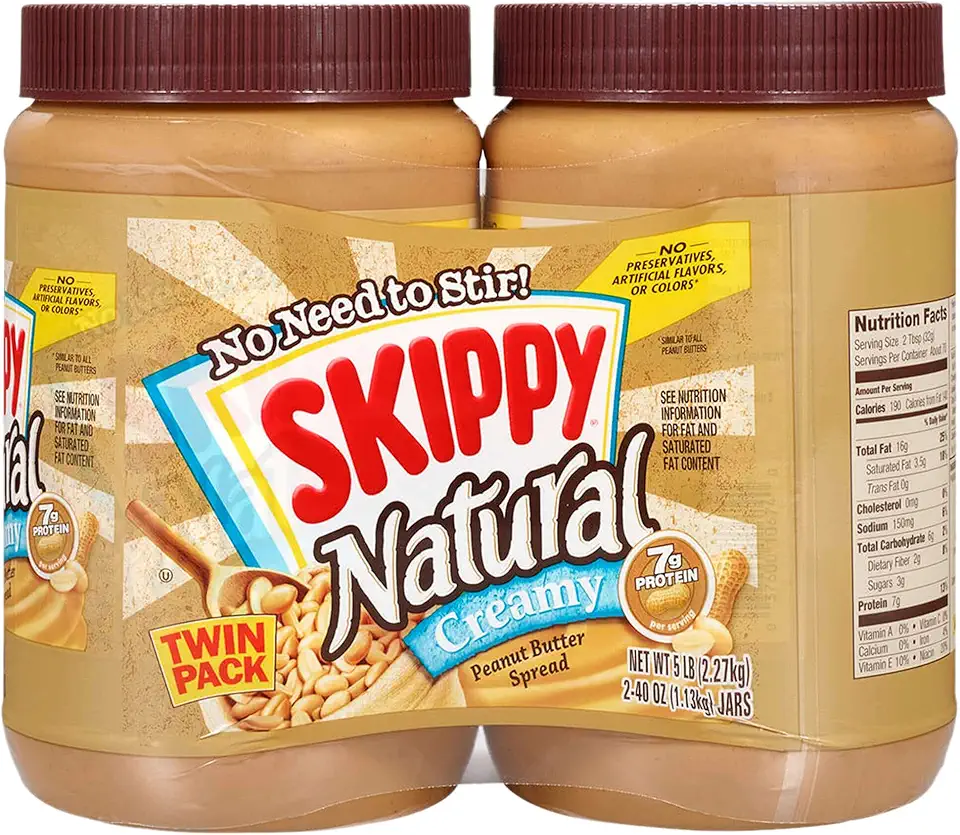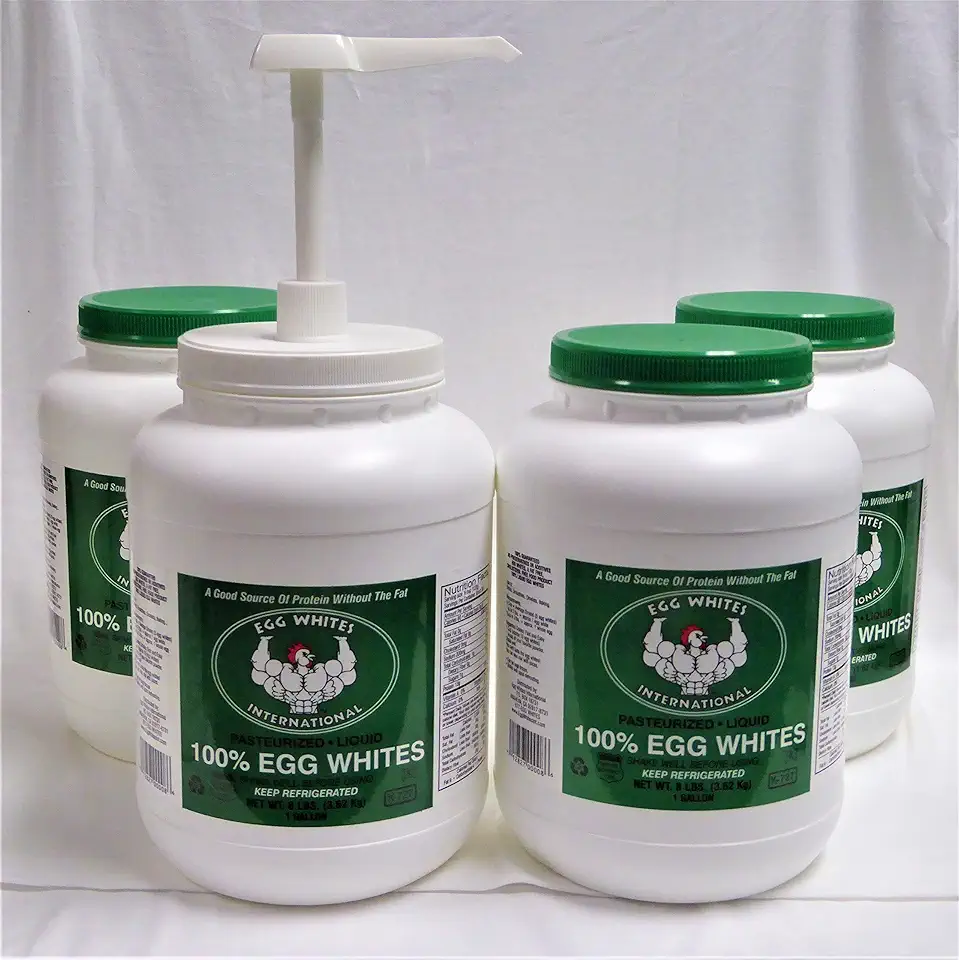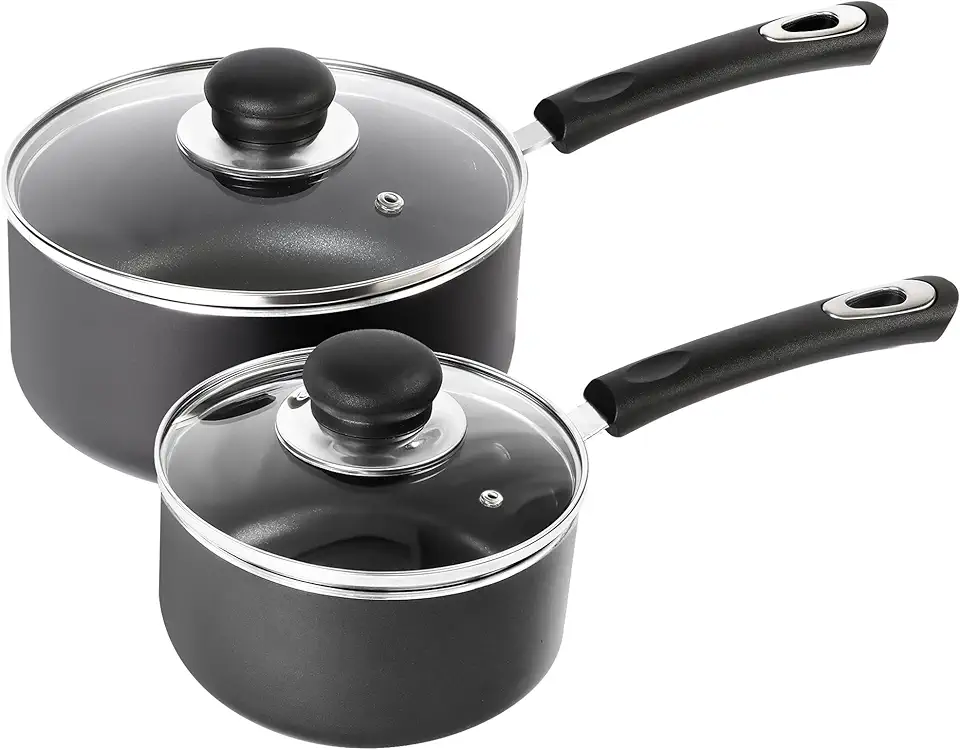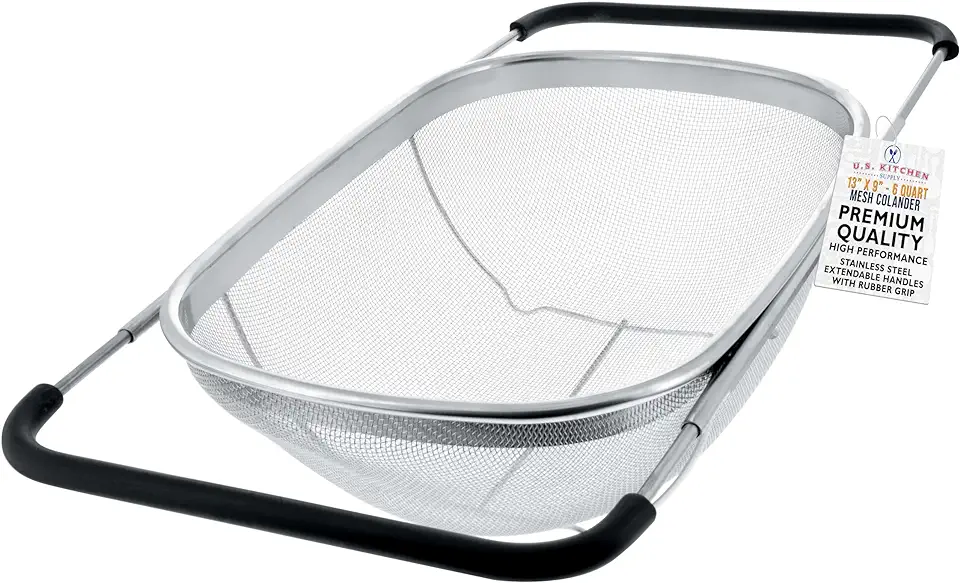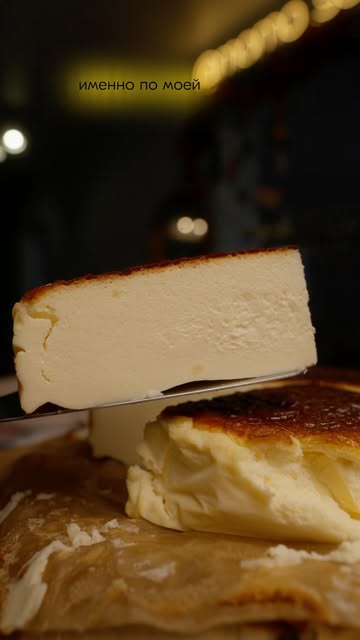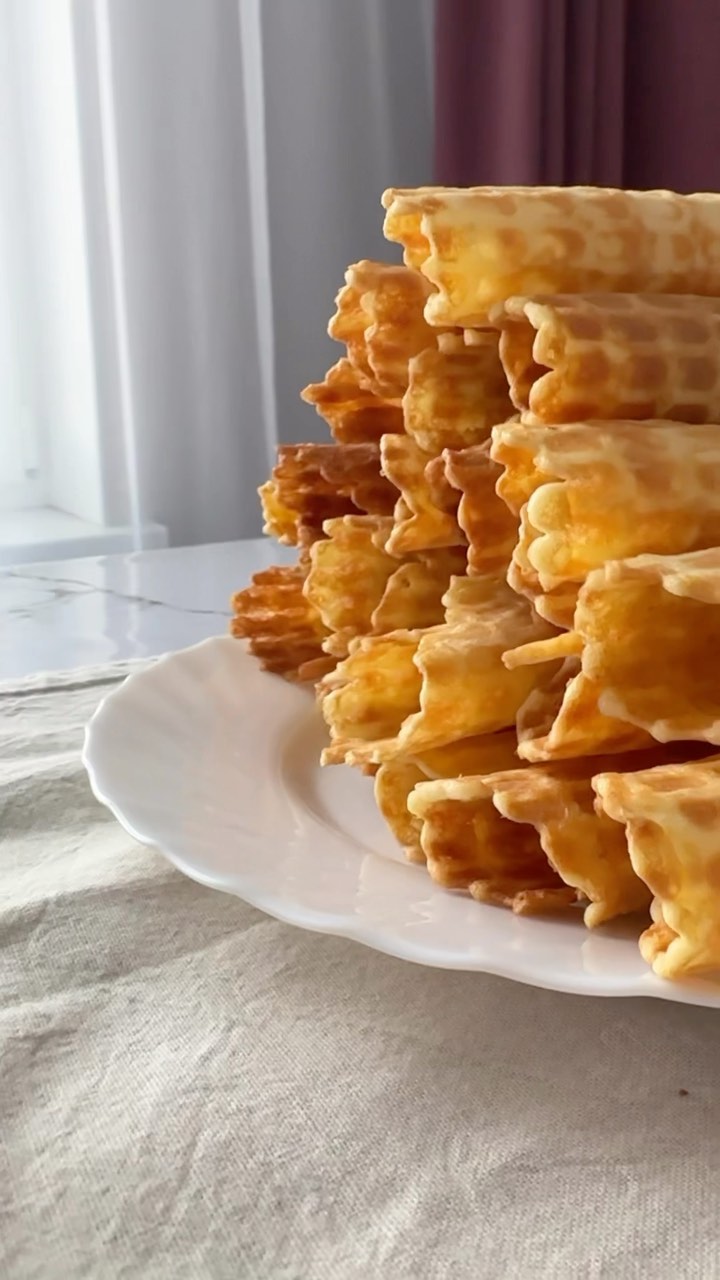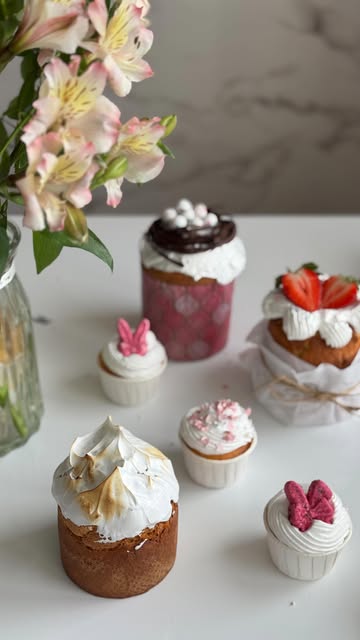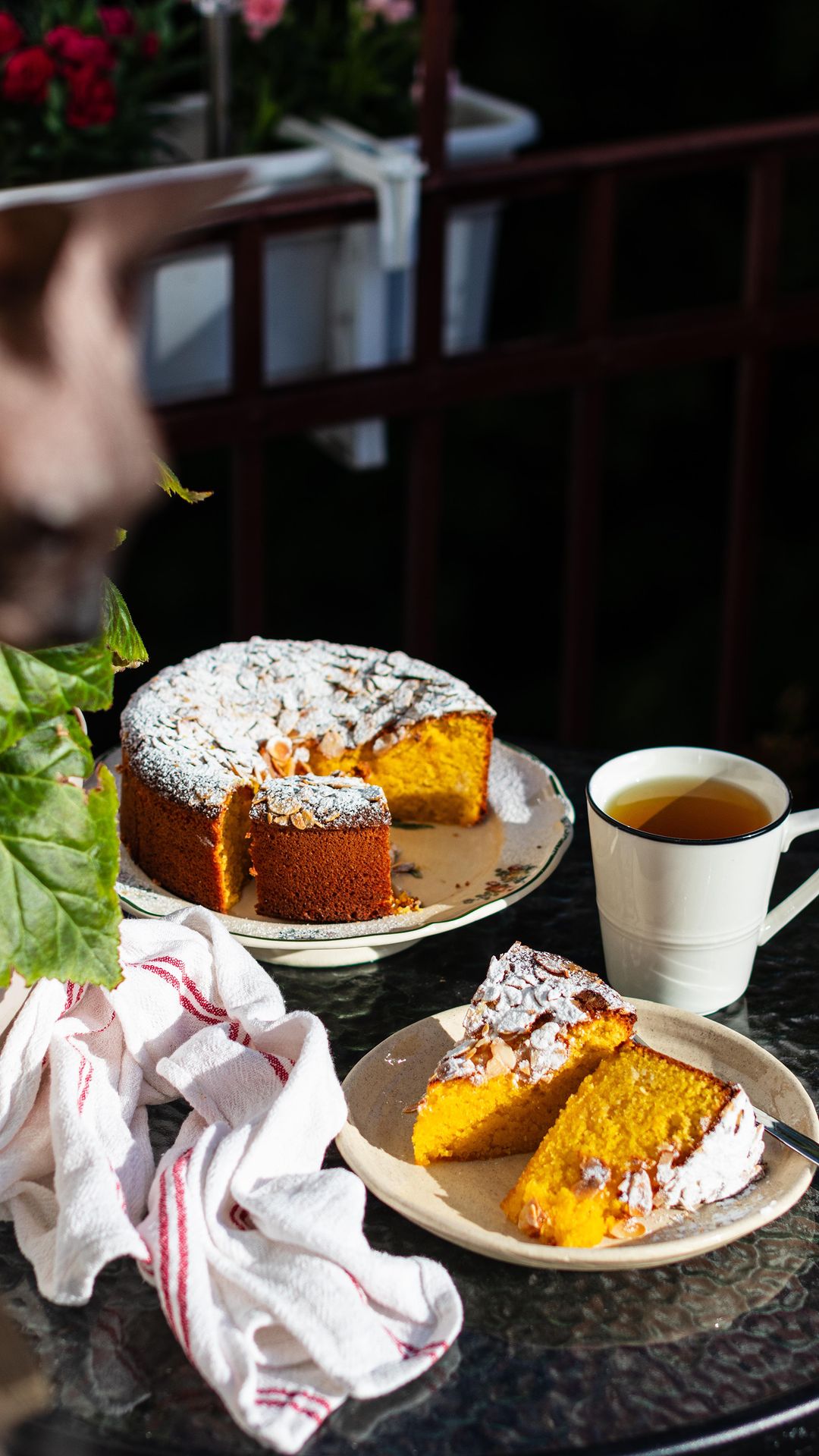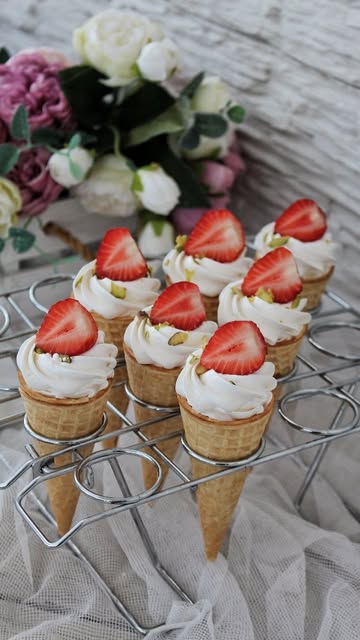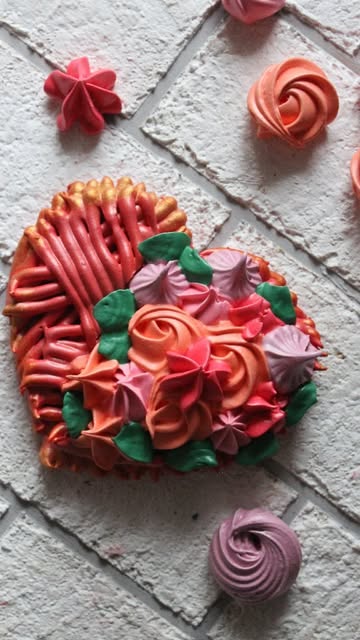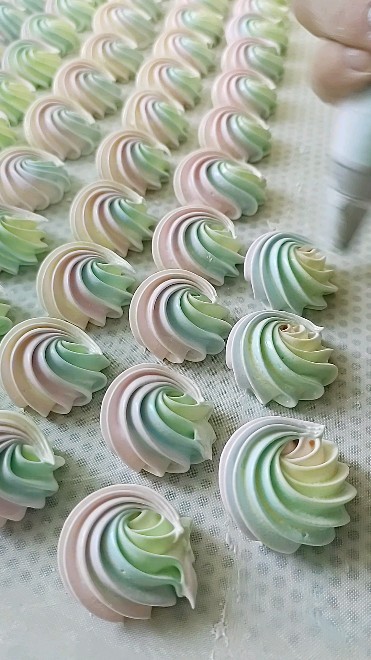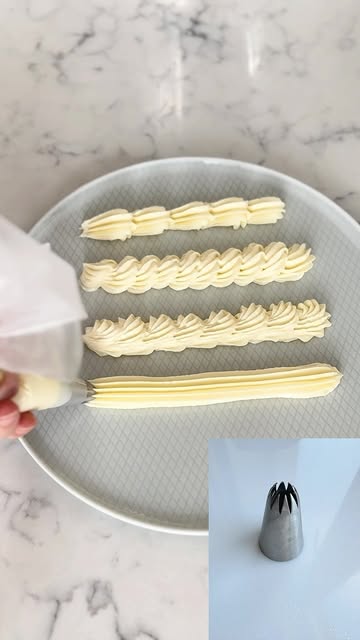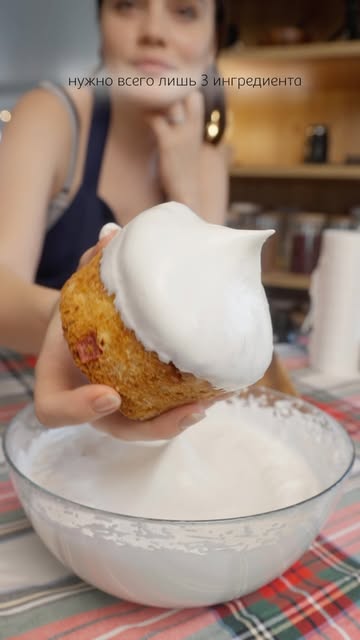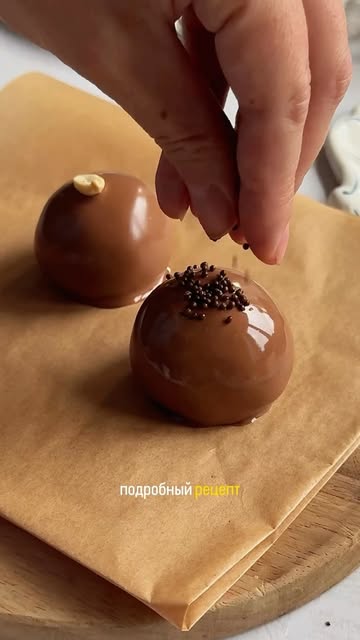Ingredients
Pastry Cream Ingredients
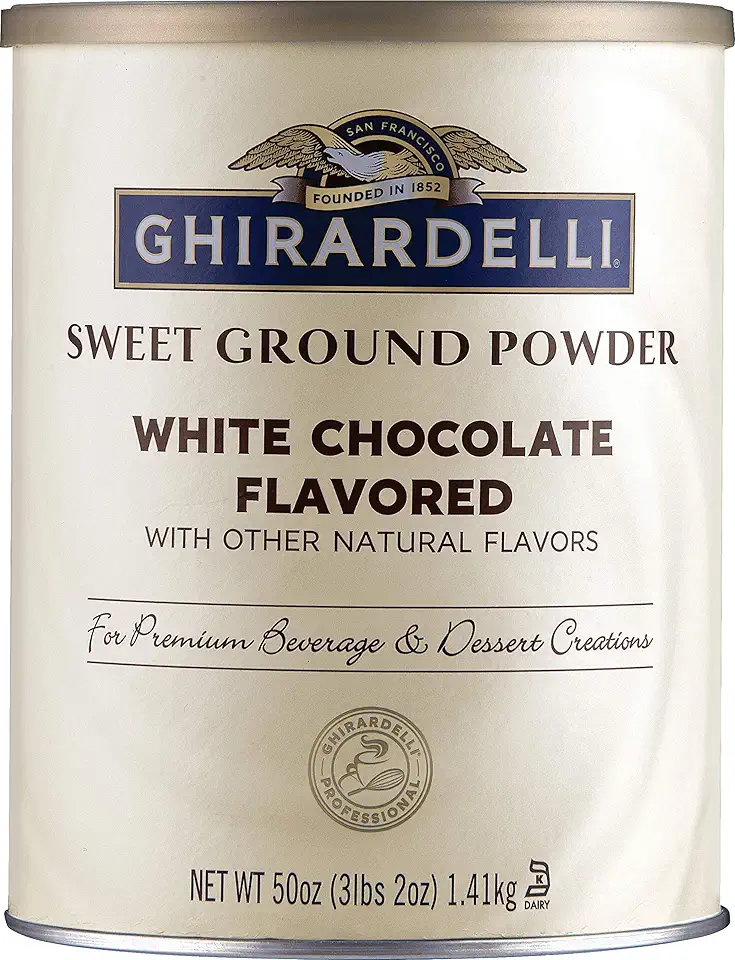 Ghirardelli Sweet Ground White Chocolate Flavor Powder, 3.12 lbs.
$19.99
View details
Prime
Ghirardelli Sweet Ground White Chocolate Flavor Powder, 3.12 lbs.
$19.99
View details
Prime
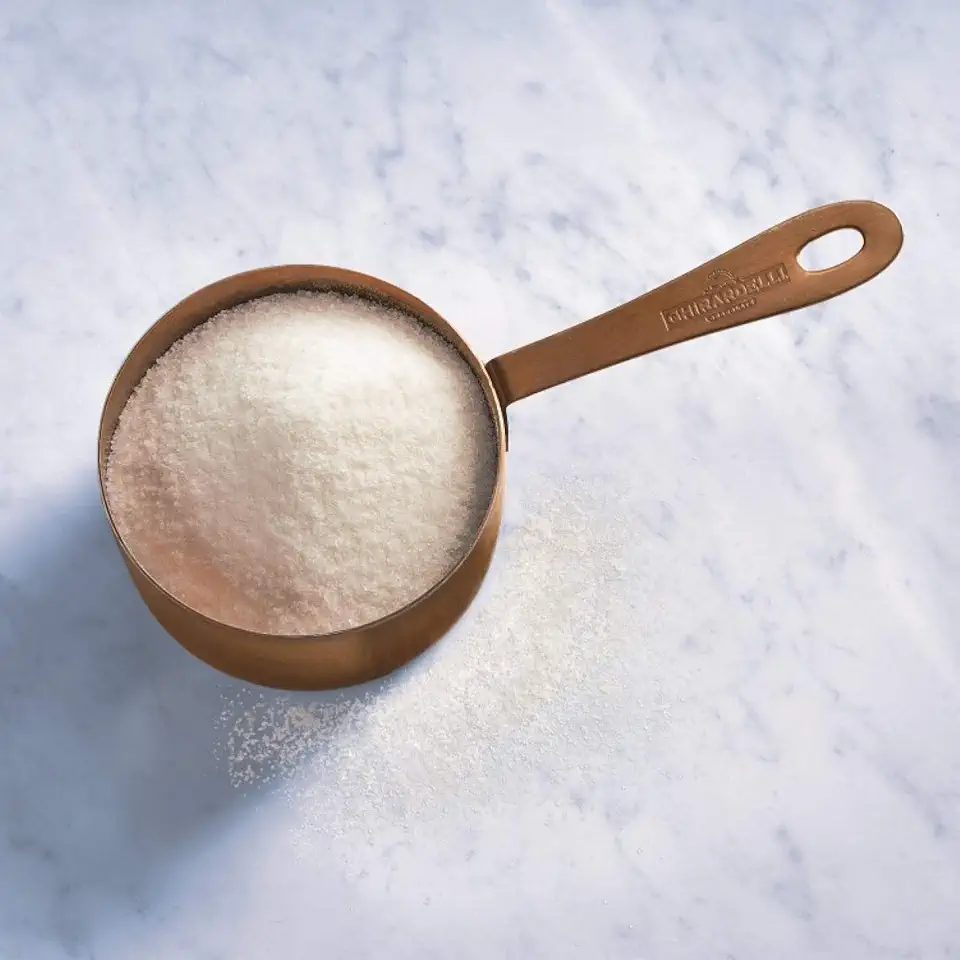 Ghirardelli Sweet Ground White Chocolate Flavored Beverage Mix, 10-Pound Package
$54.70
View details
Prime
Ghirardelli Sweet Ground White Chocolate Flavored Beverage Mix, 10-Pound Package
$54.70
View details
Prime
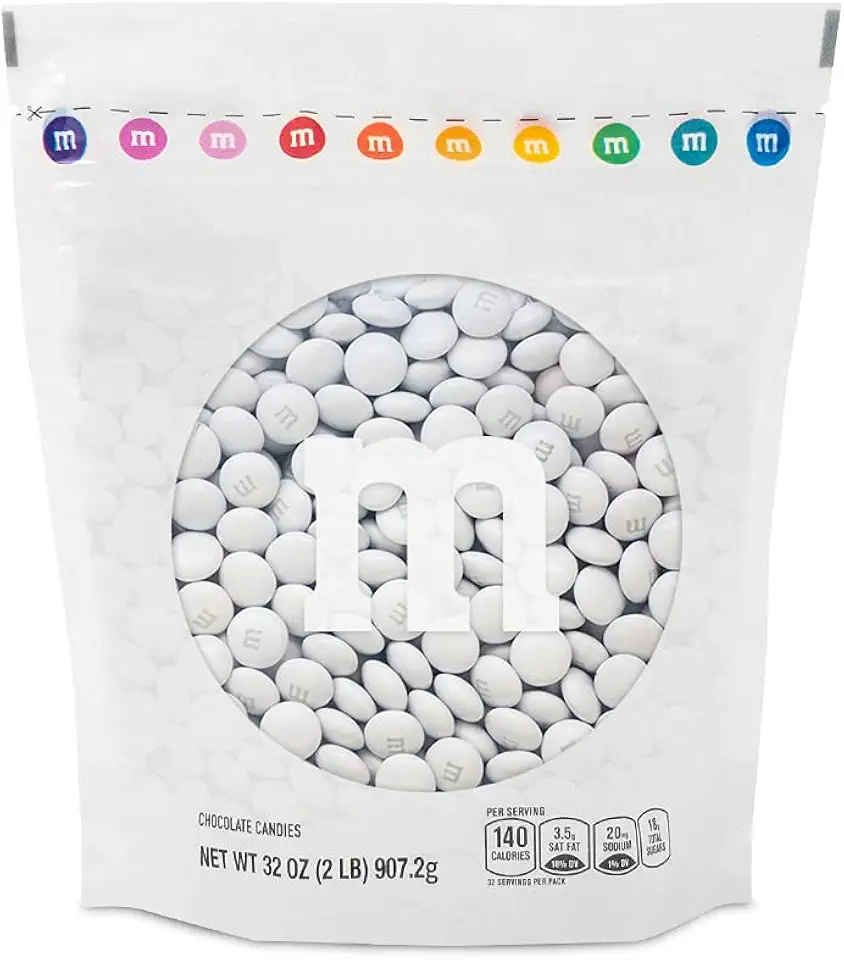 M&M’S White Milk Chocolate Candy, 2lbs Resealable Pack for Candy Bars, Wedding Receptions, Graduations, Birthday Parties, Easter, Dessert Tables & DIY Party Favors
$39.99
View details
M&M’S White Milk Chocolate Candy, 2lbs Resealable Pack for Candy Bars, Wedding Receptions, Graduations, Birthday Parties, Easter, Dessert Tables & DIY Party Favors
$39.99
View details
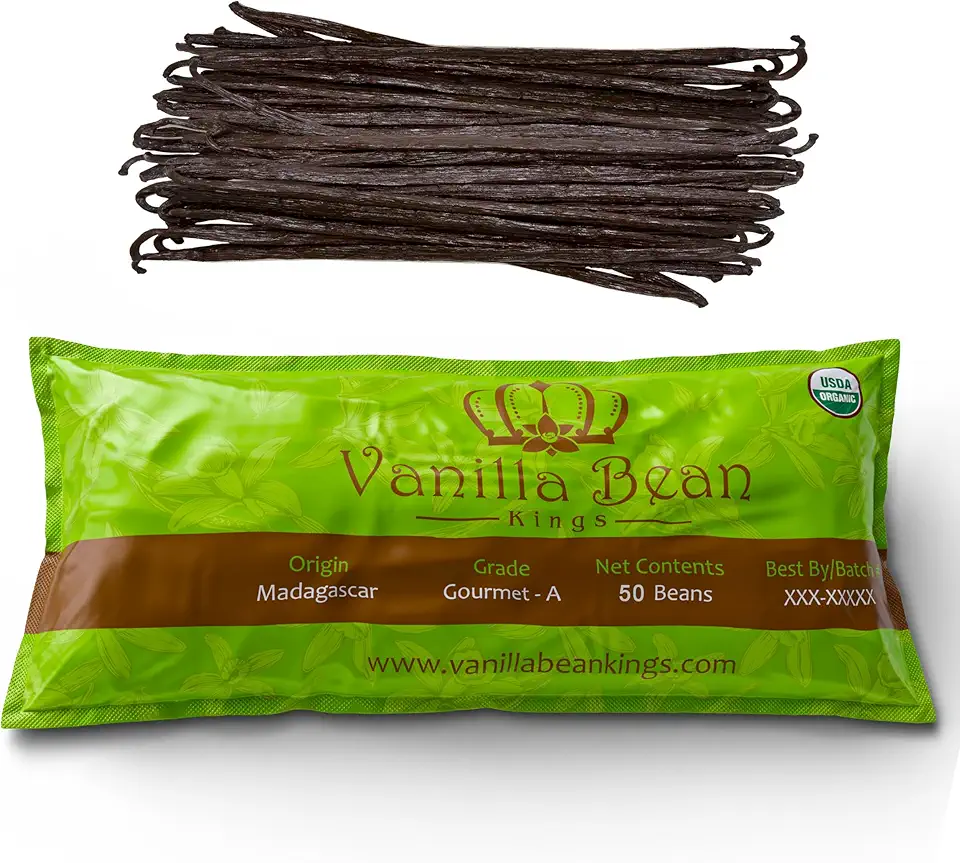 50 Organic Madagascar Vanilla Beans. Whole Grade A Vanilla Pods for Vanilla Extract and Baking
$39.99
View details
Prime
50 Organic Madagascar Vanilla Beans. Whole Grade A Vanilla Pods for Vanilla Extract and Baking
$39.99
View details
Prime
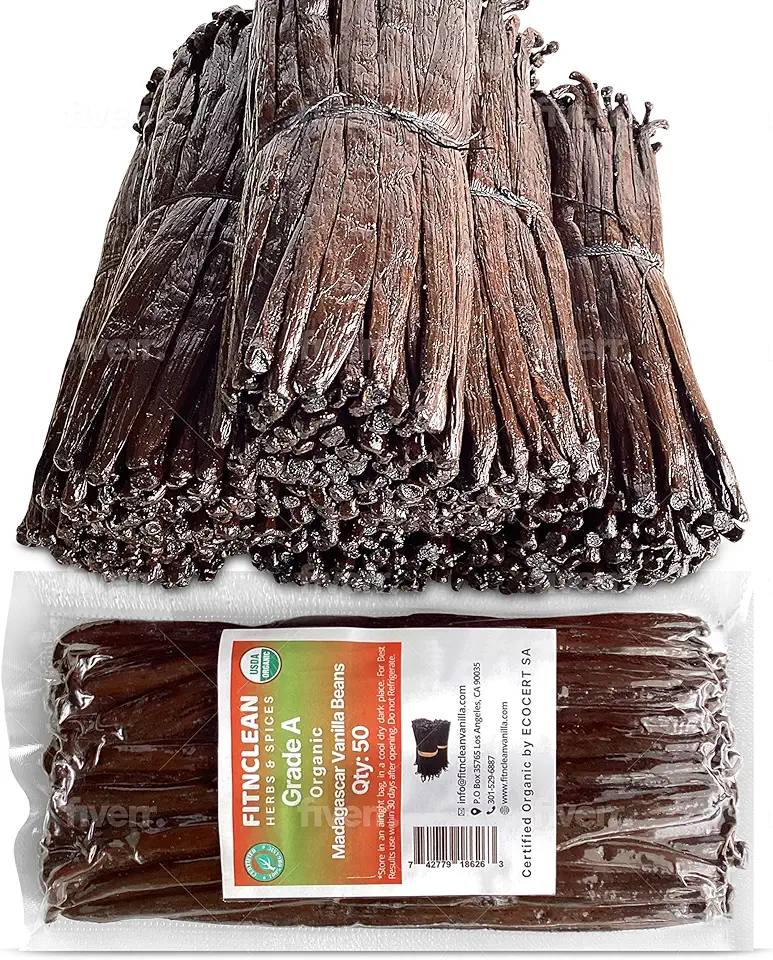 50 Organic Grade A Madagascar Vanilla Beans. Certified USDA Organic for Extract and all things Vanilla by FITNCLEAN VANILLA. ~5" Bulk Fresh Bourbon NON-GMO Pods.
$37.99
View details
Prime
50 Organic Grade A Madagascar Vanilla Beans. Certified USDA Organic for Extract and all things Vanilla by FITNCLEAN VANILLA. ~5" Bulk Fresh Bourbon NON-GMO Pods.
$37.99
View details
Prime
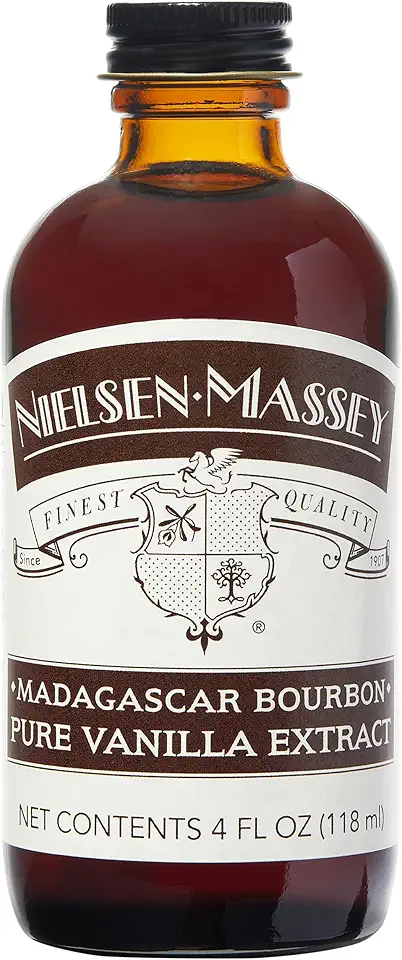 Nielsen-Massey Madagascar Bourbon Pure Vanilla Extract for Baking and Cooking, 4 Ounce Bottle
$19.95
View details
Nielsen-Massey Madagascar Bourbon Pure Vanilla Extract for Baking and Cooking, 4 Ounce Bottle
$19.95
View details
Soaking Syrup Ingredients
Swiss Meringue Ingredients
Instructions
Step 1
Start by warming the milk with vanilla beans if you are using them. If you are using vanilla sugar or powder, you can skip this step. In a mixing bowl, combine the milk, egg yolks, sugar, and cornstarch.
Cook the mixture over medium heat, stirring constantly, until it thickens, reaching about 82°C (180°F). Once thickened, remove it from heat and stir in the white chocolate and butter until fully melted and incorporated. Let it cool by covering with plastic wrap directly on the surface to prevent a skin from forming.
You can also add flavors like pistachio paste, Nutella, or various fruit jams for different tastes.
Step 2
In a small saucepan, combine water and sugar. Heat until the sugar is completely dissolved. Once dissolved, remove from heat and stir in the rum. Let it cool before using.
Feel free to experiment with the base of the soaking syrup; you can use milk or fruit juice to add unique flavors and aromas.
Step 3
In a heatproof bowl, combine the egg whites and sugar. Place the bowl over a pot of simmering water, making sure the bottom of the bowl does not touch the water. Stir constantly until the sugar is completely dissolved. You can check this by rubbing the mixture between your fingers; it should feel smooth without any grainy texture.
Once ready, transfer the mixture to a mixing bowl and beat it with a mixer on high speed until it forms stiff, glossy peaks. This meringue can be used for various decorations, or you can pipe it to make meringues and bake them at 100°C (212°F) for about one hour.
Servings
Equipment
This is where you’ll heat your milk and combine the ingredients. A thicker bottom helps prevent scorching.
Essential for mixing and ensuring your custard turns out smooth and lump-free. A good whisk can make all the difference!
 OXO Good Grips 11-Inch Balloon Whisk
$10.93
$11.95
View details
Prime
best seller
OXO Good Grips 11-Inch Balloon Whisk
$10.93
$11.95
View details
Prime
best seller
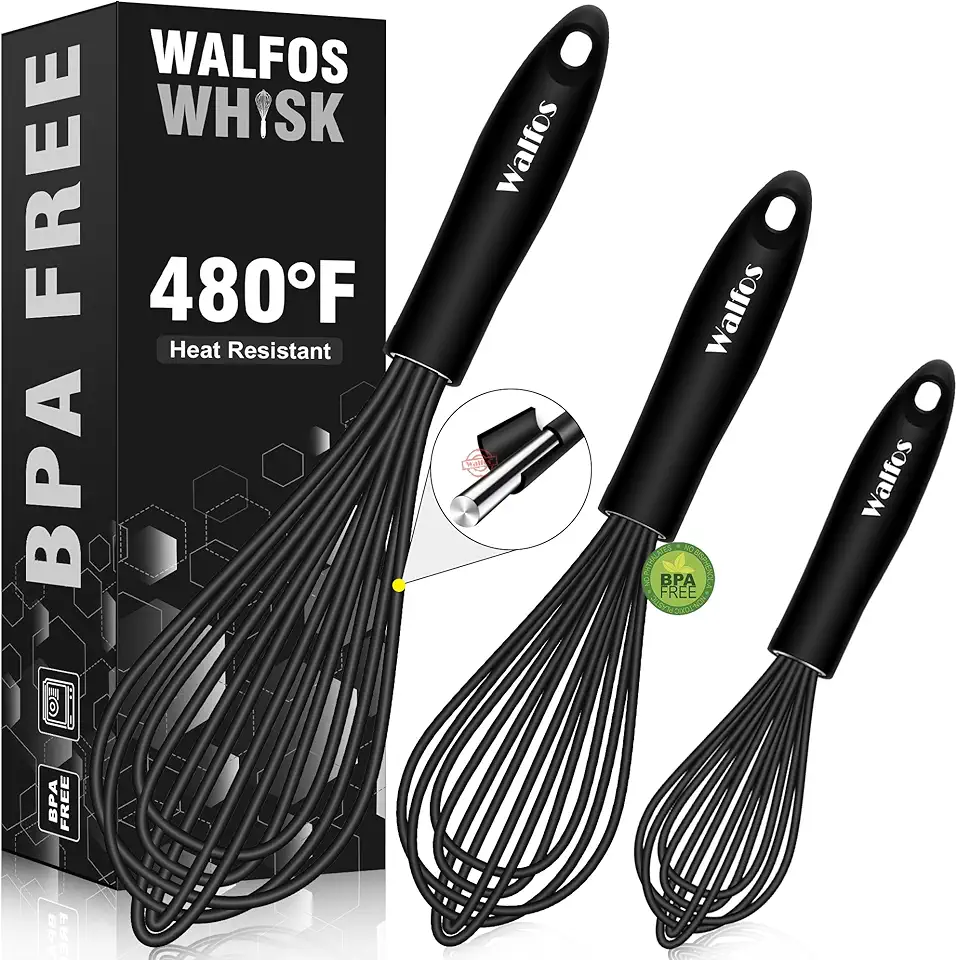 Walfos Silicone Whisk,Stainless Steel Wire Whisk Set of 3 -Heat Resistant 480°F Kitchen Whisks for Non-stick Cookware,Balloon Egg Beater Perfect for Blending,Whisking,Beating,Frothing & Stirring,Black
$11.89
$14.99
View details
Prime
Walfos Silicone Whisk,Stainless Steel Wire Whisk Set of 3 -Heat Resistant 480°F Kitchen Whisks for Non-stick Cookware,Balloon Egg Beater Perfect for Blending,Whisking,Beating,Frothing & Stirring,Black
$11.89
$14.99
View details
Prime
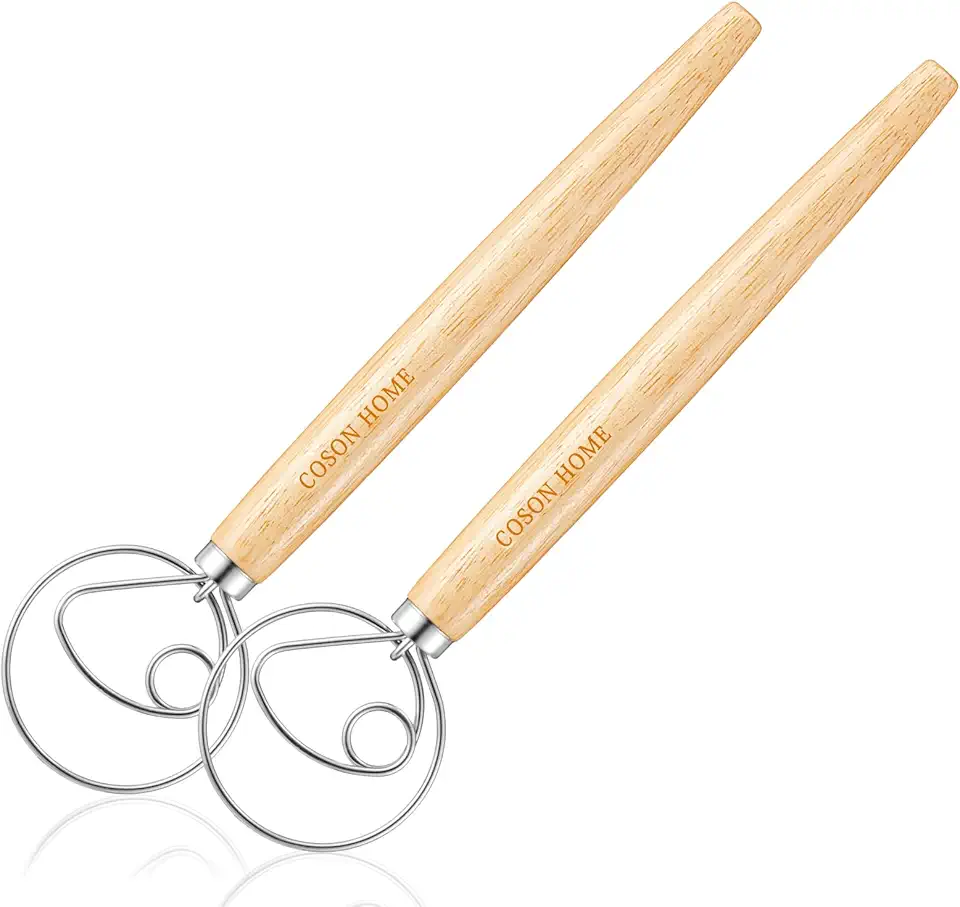 Pack of 2 Danish Dough Whisk Blender Dutch Bread Whisk Hook Wooden Hand Mixer Sourdough Baking Tools for Cake Bread Pizza Pastry Biscuits Tool Stainless Steel Ring 13.5 inches 0.22 lb/pcs…
$9.80
$14.99
View details
Pack of 2 Danish Dough Whisk Blender Dutch Bread Whisk Hook Wooden Hand Mixer Sourdough Baking Tools for Cake Bread Pizza Pastry Biscuits Tool Stainless Steel Ring 13.5 inches 0.22 lb/pcs…
$9.80
$14.99
View details
Use this for combining the egg yolks and other ingredients before pouring them into the saucepan.
Helpful for achieving an ultra-smooth consistency. Straining the custard will ensure perfection!
This will help you monitor the temperature of the custard, aiming for that delicious thick consistency.
Variations
Faq
- Can I use a non-dairy milk for this custard recipe?
Absolutely! Use almond or coconut milk for a delicious dairy-free alternative.
- What's the trick to avoiding lumps in my custard?
Whisking continuously while heating and straining the mixture at the end will help eliminate any lumps.
- How do I know when my custard is done?
When the custard coats the back of a spoon and reaches around 82°C, it’s ready!
- Can I flavor my custard differently?
Yes! Feel free to add fruit purees or spices to create unique flavors.
- What can I do if my custard seems too thin?
Continue cooking it slowly, stirring constantly, until it thickens. If necessary, you can add a bit more cornstarch mixed with a little cold milk.
- How can I store leftover custard?
Store in an airtight container in the fridge for about 3 days. Just cover the surface with plastic wrap to avoid a skin forming!

